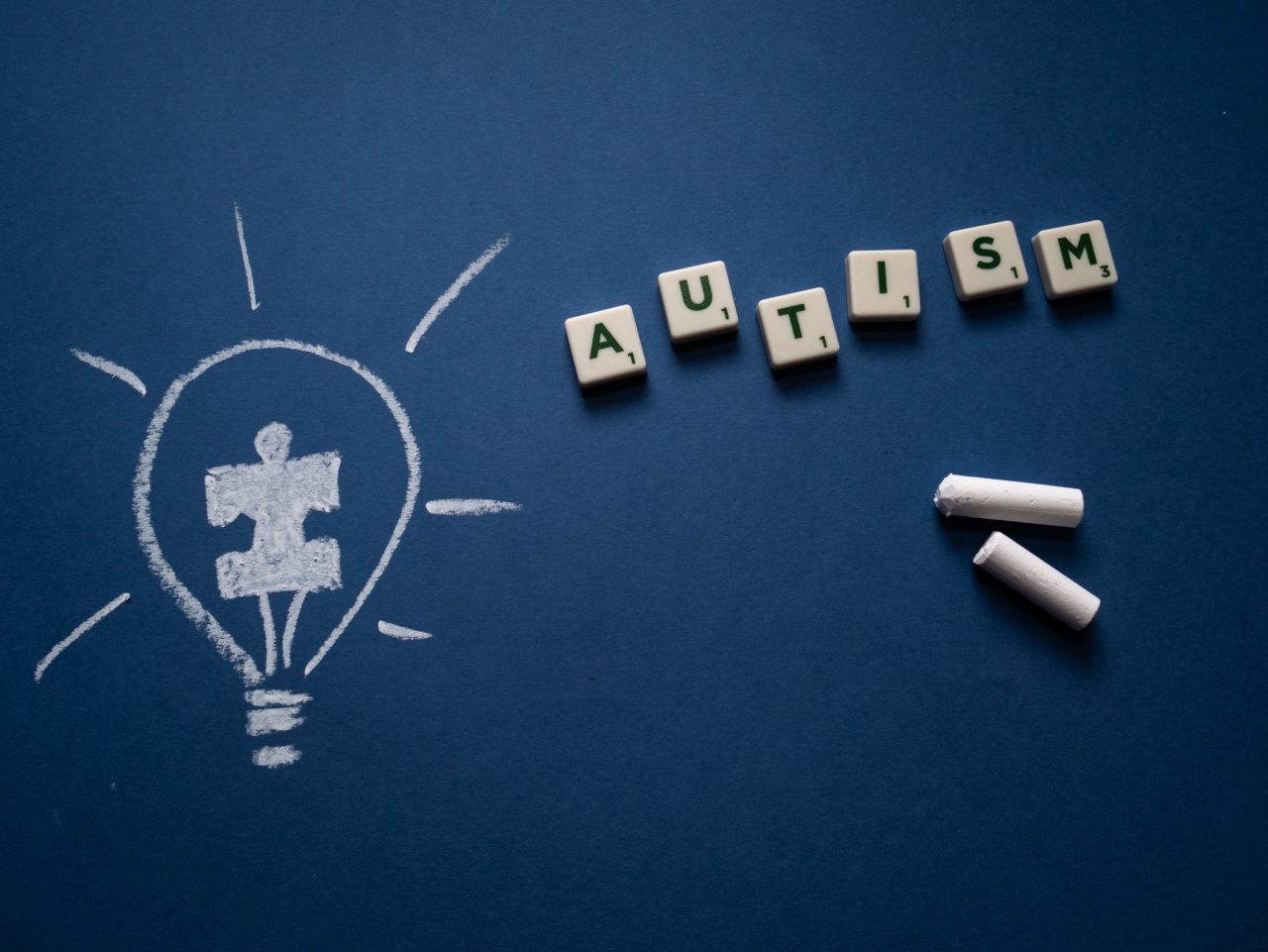Early detection and intervention are crucial for improving outcomes for individuals with Autism Spectrum Disorder (ASD). The newborn period is a critical window of opportunity for screening and identifying potential risk factors for ASD.
This article explores the importance of newborn screening for ASD, the methods used, and the benefits it offers.
What is Autism Spectrum Disorder?
ASD is a neurodevelopmental disorder that affects a person’s ability to communicate and interact with others.
It is characterized by deficits in social communication and interaction, as well as restricted and repetitive patterns of behavior, interests, or activities. ASD is a spectrum disorder, meaning that it varies in severity and presentation from person to person.
The Importance of Early Detection
Early intervention can significantly improve communication, social, and cognitive skills in individuals with ASD, leading to better long-term outcomes.
By detecting and diagnosing ASD in infancy, healthcare providers and families can initiate intervention services at the earliest possible age, when the brain is most malleable and receptive to change.
Newborn Screening for Autism Spectrum Disorder
Newborn screening for ASD involves the identification of risk indicators during routine well-baby visits. These risk indicators can include certain behaviors, developmental delays, and genetic factors that increase the likelihood of ASD.
While newborn screening cannot definitively diagnose ASD, it serves as an important initial step in identifying infants who may require further evaluation.
Methods Used for Newborn Screening
Several screening tools and methods have been developed to aid in the identification of potential ASD risk factors during the newborn period. These include:.
- Modified Checklist for Autism in Toddlers (M-CHAT): A questionnaire that assesses a child’s behavior and communication skills.
- Early Screening of Autistic Traits (ESAT): A video-based screening tool that measures an infant’s visual attention to social stimuli.
- Genetic Testing: Certain genetic variations have been associated with an increased risk of ASD. Genetic testing can help identify these variations.
The Benefits of Newborn Screening
Newborn screening for ASD offers several benefits:.
- Early Intervention: Early identification allows for early intervention services, which can significantly improve outcomes for children with ASD.
- Parental Education and Support: Screening provides an opportunity for healthcare providers to educate parents about ASD and connect them with support services and resources.
- Smoother Transition: Early identification allows for a smoother transition from infancy to early childhood, as parents and healthcare providers can plan for appropriate therapies and educational interventions.
Challenges and Considerations
While newborn screening for ASD holds immense promise, there are challenges and considerations that need to be addressed:.
- False Positives and False Negatives: Screening tools may produce false positive or false negative results, leading to potential misdiagnosis or delayed diagnosis.
- Ethical Concerns: The implementation of widespread newborn screening raises ethical considerations, including privacy protection, consent, and potential overdiagnosis.
- Availability of Resources: Early intervention services and support may not be readily available or accessible to all families, potentially limiting the impact of screening.
Conclusion
Newborn screening for Autism Spectrum Disorder holds great promise in identifying infants at risk for ASD, allowing for early interventions and support.
It is essential to continue research and development in this field to refine screening methods, address challenges, and ensure equitable access to early intervention services.





























